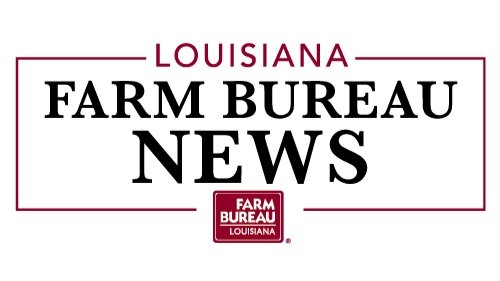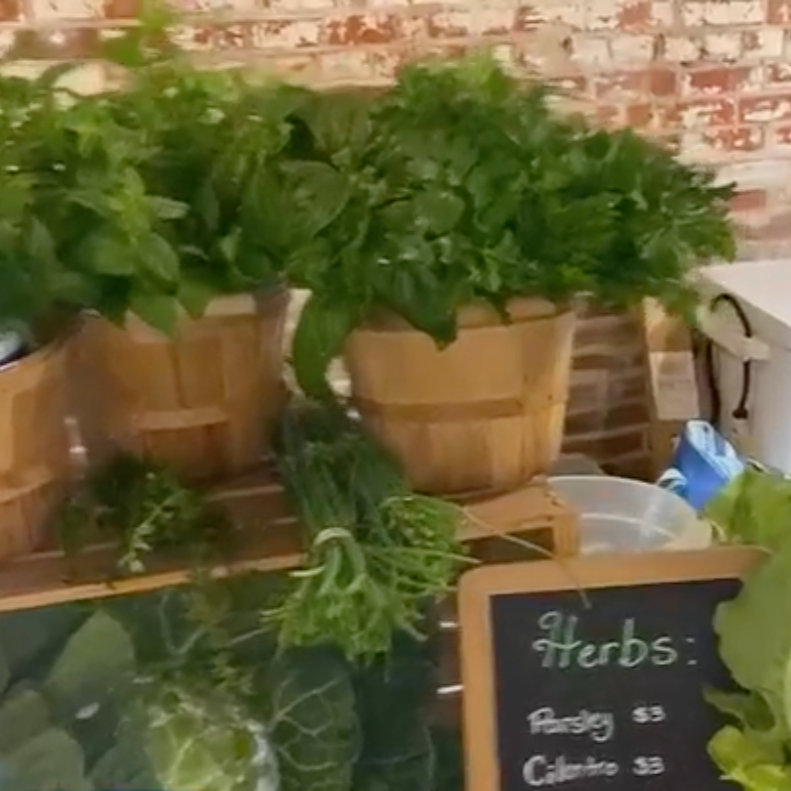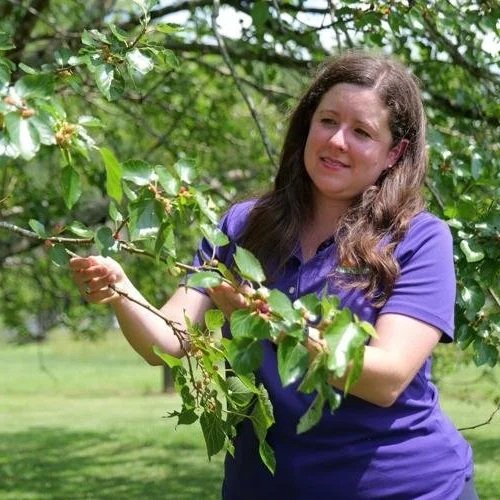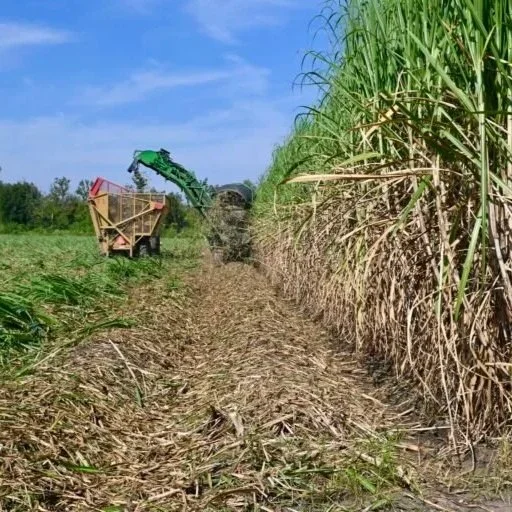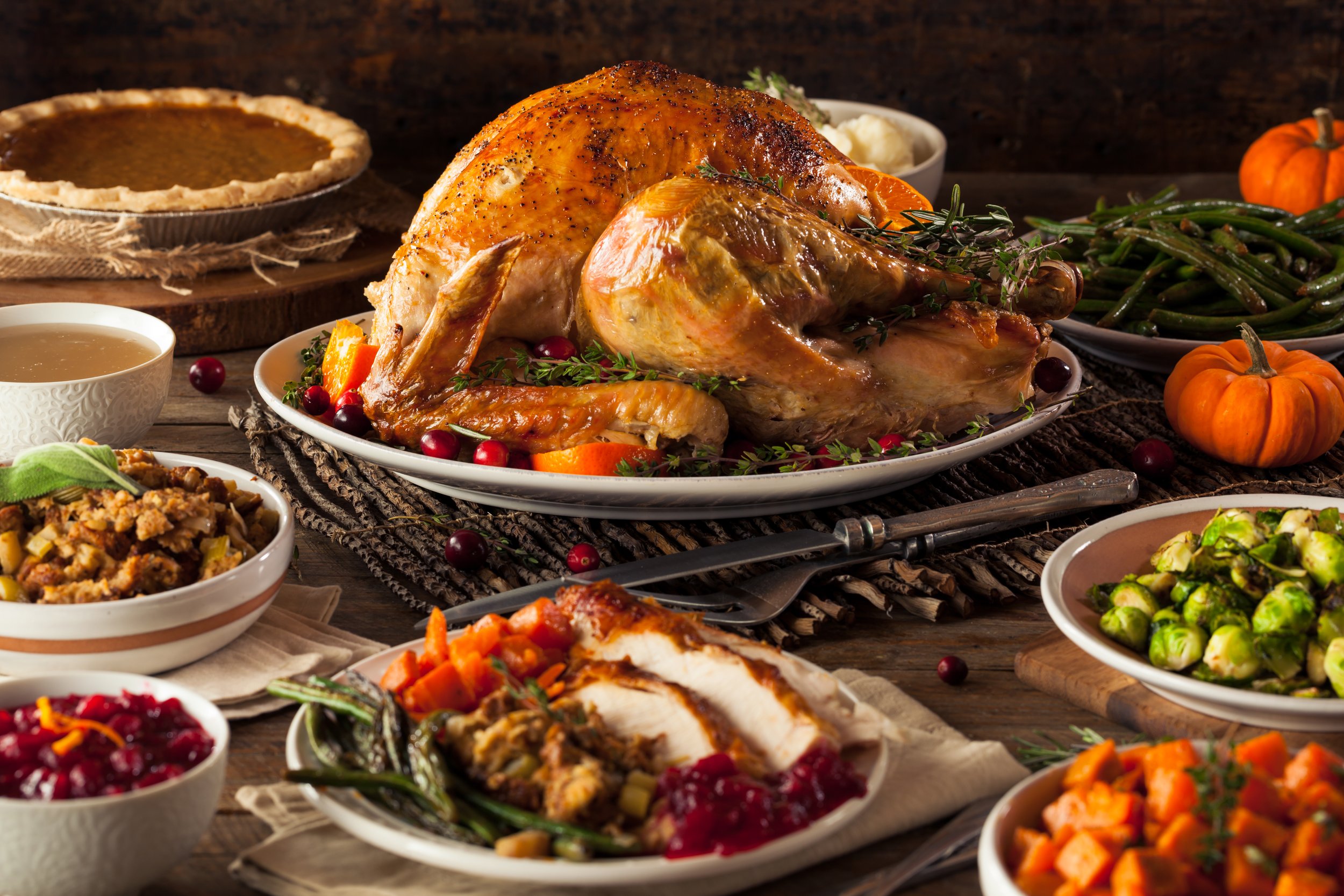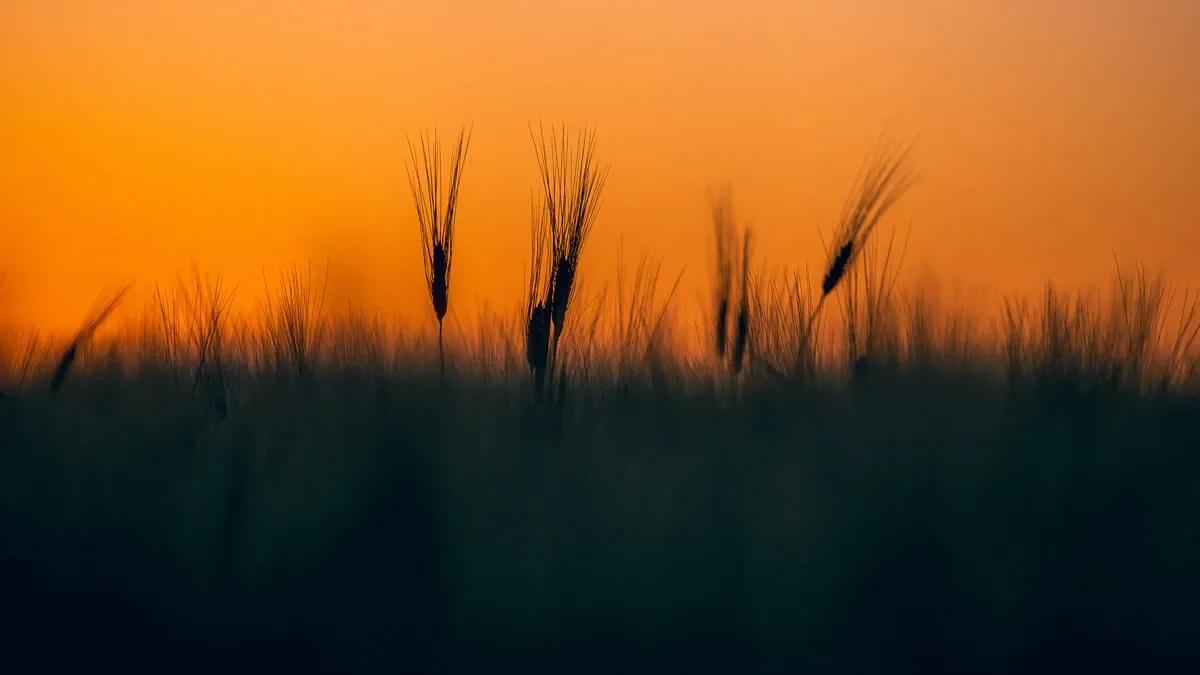With November coming to a close and the cooler winter months rolling in, it’s time to start planting.
Despite misconceptions, the prime time to plant fruits and vegetables is the late fall, not the spring.
“You want to get them out during this cold season,” said Denyse Cummins, an extension horticulturalist at the LSU AgCenter.
For so many farmers, the effort is about family.
That is truly the case when it comes to this year’s Rotary Club of Abbeville Farmer of the Year Award. On Nov. 19, the club presented the honor to Kelsi and Amanda Duhon.
“It is definitely an honor,” Amanda Duhon. “We were very shocked. We’re just so thankful to be a part of this community.”
USA Rice partnered with Louisiana State University (LSU) for the University’s Thankful Celebration, an on-campus food festival that brings together global food traditions, student creativity, and campus-wide community support. At this year’s event, USA Rice teamed up with LSU dining services to host an International Rice Dish Challenge and invited student teams to submit and develop rice-based recipes inspired by global cuisines.
USA Rice extends condolences to the family and friends of Ruth Kuntz Unkel who passed away peacefully on November 23, at the age of 92.
Born on January 21, 1933, Ruth lived a vibrant life filled with love, faith, and adventure.
The Louisiana Department of Agriculture and Forestry (LDAF) announces that it recently obtained a statewide depredation permit for black vultures from the United States Fish and Wildlife Service (USFWS) and will begin administering it to protect livestock.
How would you like to look and feel your best, all while helping out your neighbors? That’s the premise behind the Lake Charles Farm to Table Market.
For many families like Catherine Ange’s in the Lake Area, this has become a weekly tradition, "I love eating fresh. I love eating from places that I know are taking care of their animals. I know the nutritional value is better than what we can get at the grocery store, and it gets my kids to come out and have a whole new experience.”
Year-over-year, Susan Olson says there are few interesting updates comparing how the Mississippi River is being used for grain transport.
Most surprising to her is according to USDA data there was a 3.4 million metric ton increase in grain exports from NOLA in mid-year 2025, however from her firm’s proprietary data, barge movements decreased. This could mean a shift toward rail being used to bring grain to the port for export.
Cotton continues to get hammered. Or call it by any name you wish. The impact of the government shutdown continues, as now in the third week of November, USDA finally released its export report for mid-October. They will catch up, but very slowly.
Lots of people are interested in attracting wildlife to their landscapes. Whether you are an avid bird watcher or simply delight in seeing squirrels frolic in the trees, there are things you can do to make an area more enticing to all sorts of animals.
Food, shelter and water are the bare necessities for any life — and to draw in wildlife visitors, you need to provide all three of these elements.
Every year, parties and get-togethers for the holidays are an important tradition that brings abundant joy — and serious anxiety — into people's lives.
One of these stressors is always on the wallet, but Sandra May, LSU AgCenter curriculum coordinator for nutrition and community health programs, said there are easy ways to alleviate some of these issues.
To stabilize prices and move excess rice stocks, Brazil’ s Ministry of Agriculture has announced a plan to restore its Premium for Product Flow (PEP) and Equalizer Premium Paid to the Producer (PEPRO) programs.
The National Supply Company (CONAB), a public company under the Ministry of Agriculture, announced the allocation of nearly $57 million USD to support prices and the flow of production, of which nearly $20 million will go directly to administering PEP and PEPRO with the remaining going towards government acquisitions of approximately 600 thousand metric tons of rice.
November is a season of gratitude, a time when most farmers across the country have wrapped up their harvests and turned their attention to winter and next year’s plans. It is very different in the cane belt. For Louisiana’s sugarcane producers, November means one thing, the hardest push of the year.
A storm system currently centered in the Southern Plains will send a strong cold front through Louisiana on Tuesday. The SPC has posted a "Slight Risk" (2-out-of-5 on the threat scale) for severe storms in advance of the cold front for northern Louisiana. The primary threat window is from Monday afternoon into Monday night, ending early Tuesday morning.
For the 5th consecutive month, statewide-averaged rainfall was below the norm. While numerous northeast and southeast sites reported monthly totals of 4.00” to 6.00” or more, October’s statewide average was a modest 3.68”.
In a tacit admission that U.S. food production requires foreign labor, the Trump administration is making it easier for farmers to employ guest workers from other countries.
A neurological strain of equine herpesvirus circulating in parts of the country has sparked heightened precautions among horse owners in Acadia Parish, even as state officials confirm there are currently no local cases.
Louisiana agriculture is facing a difficult chapter and evolving challenges, but there is reason for hope, thanks in part to the work of the Louisiana Farm Bureau Federation.
As 2025 winds down, many farmers are ready to put this challenging year behind them. From low corn and soybean prices to stubbornly high input costs and ongoing trade tensions, farmers faced a long list of headwinds. In conversations with farmers and ag experts, I ask, “What can Successful Farming do to help farmers weather this storm?”
American Farm Bureau Federation President Zippy Duvall commented today on departments of the Interior and Commerce proposed rules to improve Endangered Species Act regulations.
Today, the U.S. Department of Agriculture (USDA) is excited to highlight the launch of the NEW Unified New World screwworm (NWS) website, screwworm.gov. This dynamic new site centralizes NWS information available across the federal government and reflects our whole-of-government effort to fight this pest through implementation of Secretary Rollins’ comprehensive five-pronged plan.
The Louisiana Mid-Continent Oil and Gas Association is hailing the Trump administration’s draft plan to hold seven lease sales off Louisiana’s Gulf coast. The plan would open more than 1.2-billion acres to oil and gas exploration. President Tommy Faucheux says it’s a welcome commitment to furthering America’s energy dominance.
The Henderson Project 4-H Community Club recently demonstrated the true spirit of service by feeding homeless people in Monroe, through a partnership with The Simple Project — an outreach that provides meals, clothing and compassion to those less fortunate.
Rain has been a tough commodity statewide, with nothing in the last week, and most areas seeing less than half of our average over the last 30 days. That has brought some parts of Louisiana below normal for the last year and we’d been running a surplus for some time. That’s why parts of Louisiana are now in a severe drought, with 5% in that category, and 43% in moderate drought. There is some hope, though I tend to think models are a bit overdone on their current forecasts for rain. I’ll explain.
After a rain-free 7-day stretch for Louisiana (Nov 12-18), today's updated U.S. Drought Monitor (USDM) depiction for the Bayou State shows additional degradations with more than 40% of the state now posted as "in drought" (D1+D2).
Listen to the latest markets and headlines in Louisiana Agriculture on The Voice of Louisiana Agriculture Radio Network.
